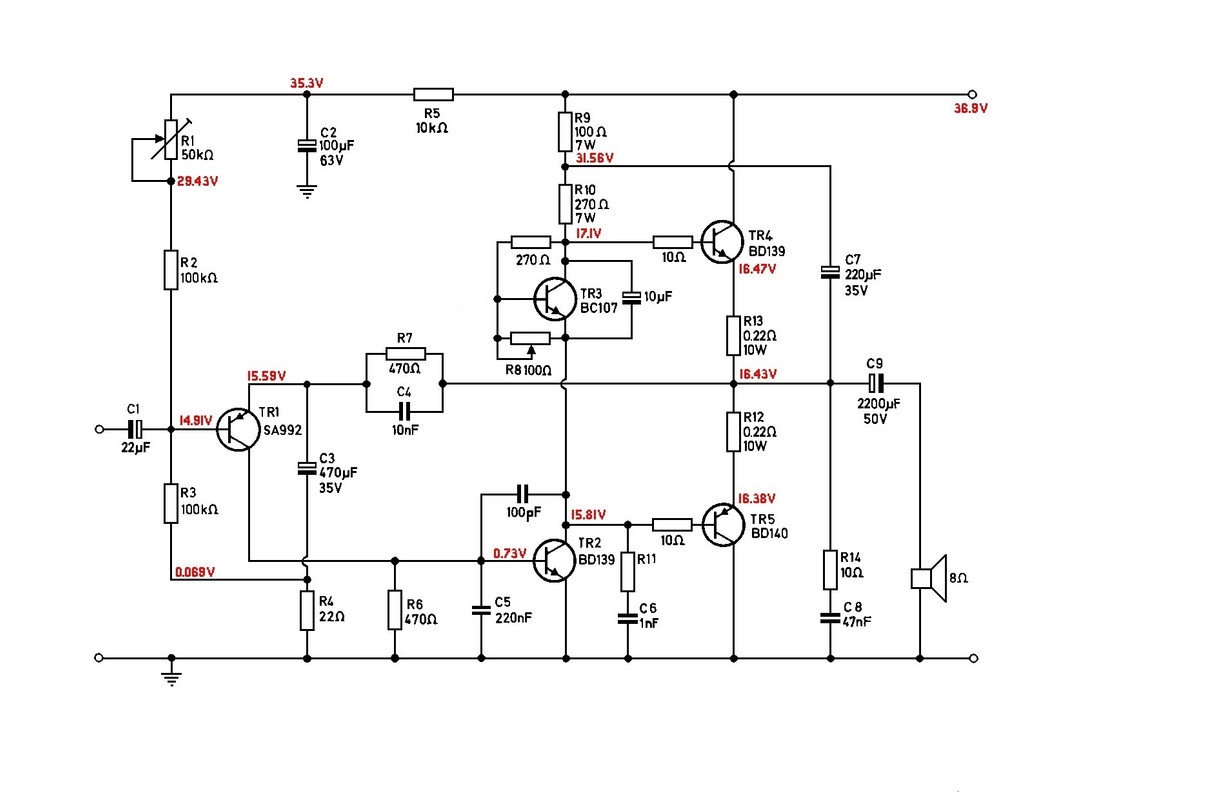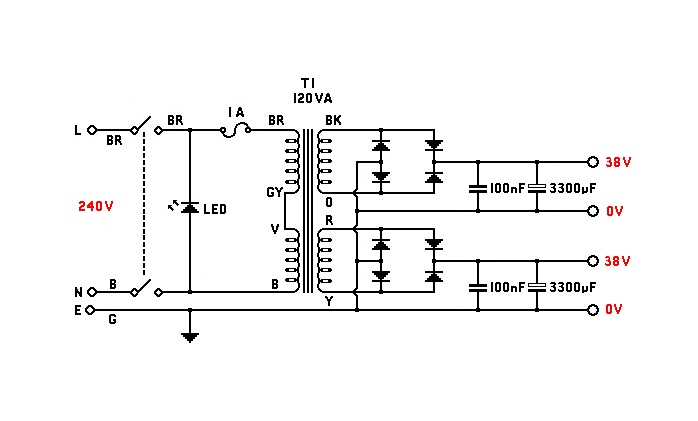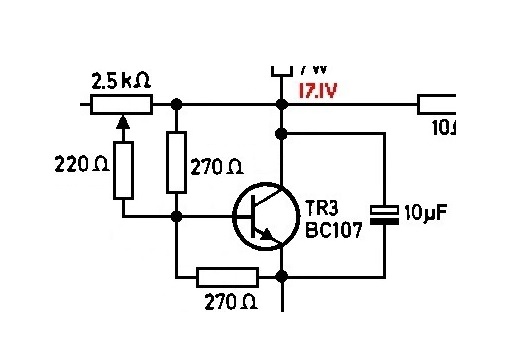2. Add Collector to Base cap so TR3 never can oscillate. Maybe 100pf?
This is a common addition but Mullard didn't add it to this design.
3. Add cap across TR3, Collector to Emitter. Maybe 10uF?
I have never seen this done, what does it do?
4. May need Base stoppers to TR5 & TR6. Maybe 10-22 Ohms?
They added base stoppers to the bigger amps in the book but not to this one.
Thank you for taking the time to make suggestions, I think it wise for me to get the basic amp working before I start making "improvements"!
best
DaveP
This is a common addition but Mullard didn't add it to this design.
3. Add cap across TR3, Collector to Emitter. Maybe 10uF?
I have never seen this done, what does it do?
4. May need Base stoppers to TR5 & TR6. Maybe 10-22 Ohms?
They added base stoppers to the bigger amps in the book but not to this one.
Thank you for taking the time to make suggestions, I think it wise for me to get the basic amp working before I start making "improvements"!
best
DaveP



































